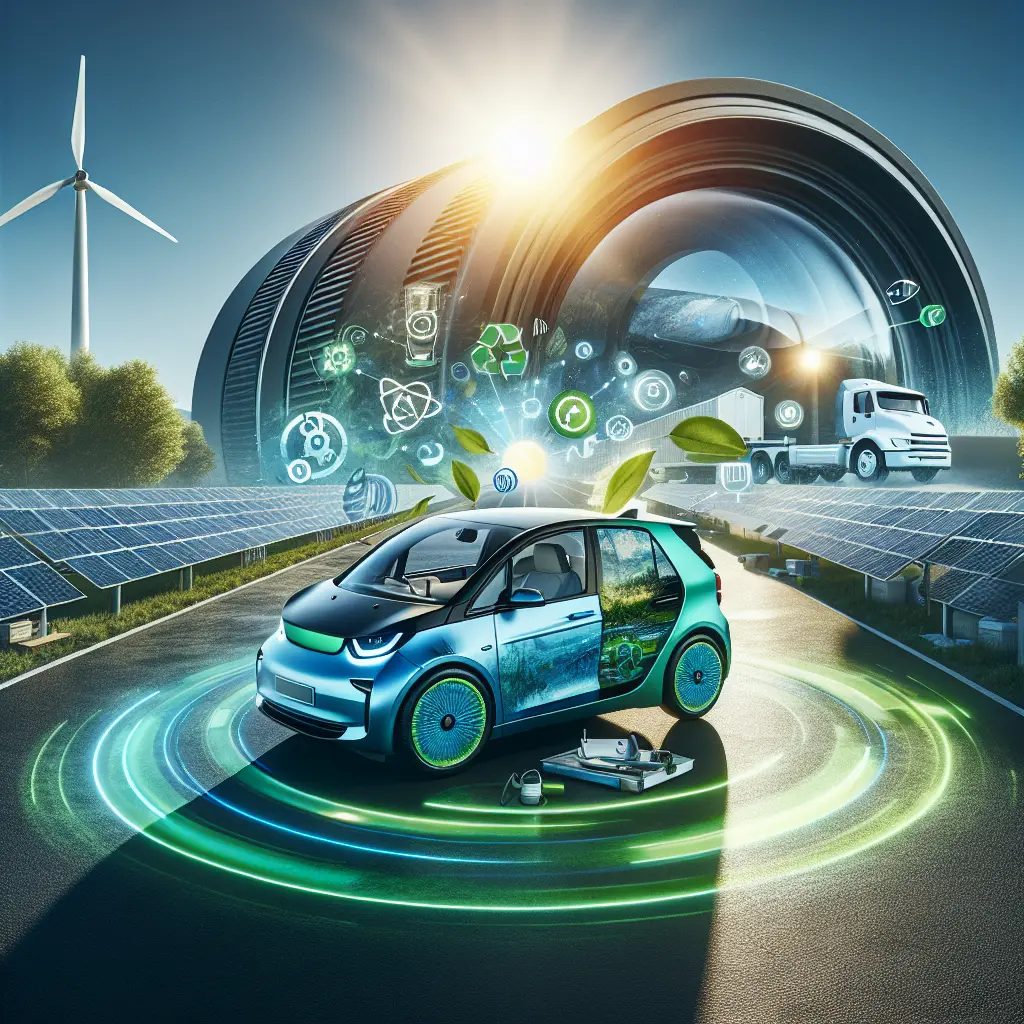Tesla, under the visionary helm of Elon Musk, has not only revolutionized the concept of electric vehicles (EVs) but has also profoundly influenced automotive design trends. This impact is evident in several areas including sustainable transportation, electric car technology, and the future of the automotive industry. Through this exploration, we delve into how Tesla's innovation in automotive design continues to shape the sector.
Tesla's ascent in the automotive industry is a testament to its significant market impact. The brand's commitment to electric vehicles has been a major catalyst in pushing other automakers to prioritize EV production. This shift is underscored by recent competition from China’s BYD, which is rapidly catching up with Tesla in sales, signaling a broader global shift towards electric vehicles.
Tesla's approach to automotive design transcends mere appearance; it integrates functionality with sleek, aerodynamic vehicle design. The Tesla Model S exemplifies this, merging luxury with performance while emphasizing energy efficiency. This model, along with others from Tesla's lineup, showcases advanced battery technology that not only offers longer ranges but also supports faster charging capabilities.
Tesla's influence extends deeply into electric car technology, particularly through its integration of sophisticated software that supports autonomous driving features. These features represent a significant leap toward the future of the automotive industry, which increasingly leans towards automation and connectivity.
A core aspect of Tesla’s philosophy is its commitment to sustainable transportation. This is evident in its push towards Zero Emissions vehicles, aiming not just to innovate but also to preserve the environment. This aligns with global trends and regulatory pushes towards reducing carbon footprints in automotive manufacturing and usage.
Challenges and Controversies
Despite its successes, Tesla faces its share of challenges. Recently, Elon Musk’s public endorsement of political figures has stirred controversy, potentially risking Tesla's brand neutrality and customer base. Furthermore, delays in highly anticipated projects like the Tesla Robotaxi have raised questions about the company's timeline in delivering its innovative promises. Originally scheduled for an August reveal, the event has now been pushed to October.
Autonomous driving technology is a cornerstone of Tesla’s innovation strategy. While the delay in the Robotaxi event might have tempered immediate expectations, it underscores the intricate challenges in creating fully autonomous driving systems. These features are not just about technological advancement but also about shaping consumer trust and regulatory frameworks for the future of autonomous vehicles.
Tesla continues to redefine car manufacturing processes. The introduction of the Model 3 Long Range RWD at a relatively affordable price point of $42,490 in the U.S. market is a strategic move to make sustainable transportation more accessible. This approach reflects Tesla's ongoing innovation in reducing production costs while enhancing product quality.
Tesla’s design principles have sparked a wave of EV design trends across the industry. From integrating touch screens for control to minimalistic interior designs, Tesla’s aesthetic is becoming a standard in new EV offerings from other manufacturers. Moreover, Tesla's emphasis on software-driven vehicles is pushing competitors to also prioritize software development as a core part of their EV strategy.
Conclusion
Tesla’s trajectory in the automotive industry is more than just about selling cars; it’s about setting a benchmark for what the future of transportation should aspire to be—smart, efficient, and above all, sustainable. While challenges remain, particularly in scaling production and navigating market dynamics amid controversies, Tesla’s continued push towards innovation and redefining automotive design trends remains evident.
As we observe Tesla navigating these complex landscapes—from enhancing battery technology to refining autonomous driving features—the broader automotive sector is also evolving. This symbiotic relationship between Tesla’s innovations and the industry’s response to these changes underscores a dynamic era for automotive design.
Thank you for joining me on this detailed exploration of how Tesla continues to influence and transform automotive design trends. As we look towards a future dominated by electric vehicles and innovative transportation solutions, it's clear that Tesla remains at the forefront, steering us towards a more sustainable and technologically advanced horizon.










Leave a Comment